Although St Luke’s isn’t an ancient church by historical standards, it is certainly historic and an important religious site within the greater history of Plymouth during the C19. It’s also a building I know well as I’ve been privileged to work within the walls of this former church for many years.
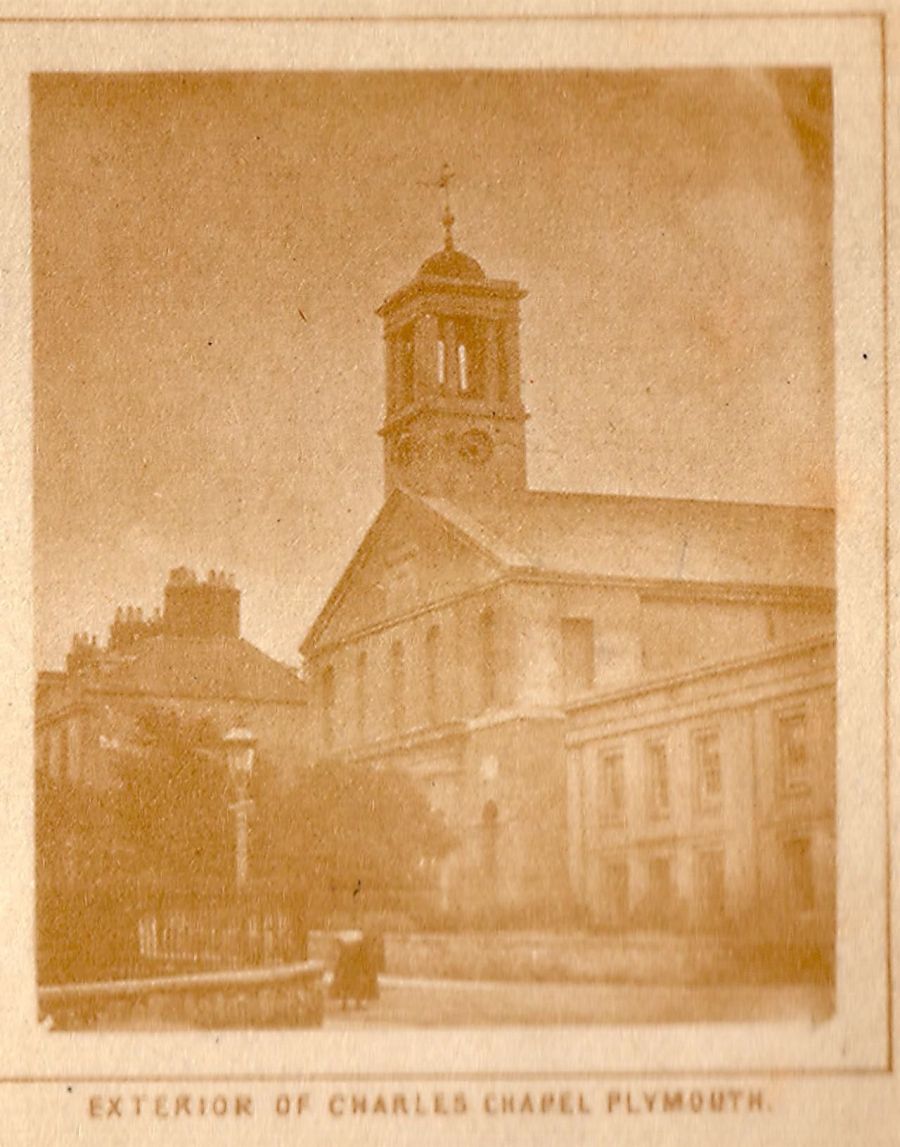
St Luke’s Church, located on Tavistock Place, Plymouth began life as “Charles Chapel”- an episcopal chapel of ease to her Mother church, Charles Church (now the bombed out church) in the roundabout.
Charles Chapel was erected on land then outside the town boundary, known as Gibbons Fields in 1828; the Foundation Stone was laid by the Rev. Septimus Courtney on 1 March of that year. Work progressed quickly and contemporary newspaper reports suggest that by September 1828 works were nearing completion. The building of Charles Chapel was deemed important to ensure that many of the locals remain with the “Established Church” – the Church of England – rather than succeed to the non-conformist churches that thrived in the area.
The Chapel was consecrated by the Bishop of Exeter on 1 July 1829 and the Rev. Septimus Courtney was licensed to the Chapel in December that year. For many years Charles Chapel was known affectionately as “Mr Courtney’s Chapel”. This was down to the Chapel being effectively built for him. [Courtney hadn’t succeeded the Rev. Hawker at Charles Church as expected in 1827, and so as to keep him within their midst the parishioners of Charles Parish endeavoured to build Courtney his own chapel…]
Throughout the ensuing 50 years the Chapel went from strength to strength through a succession of interesting and charismatic clergymen, including the Rev. George David Doudney – who was a well beloved preacher in the Chapel during his 14 year ministry in the 1850s and 1860s.
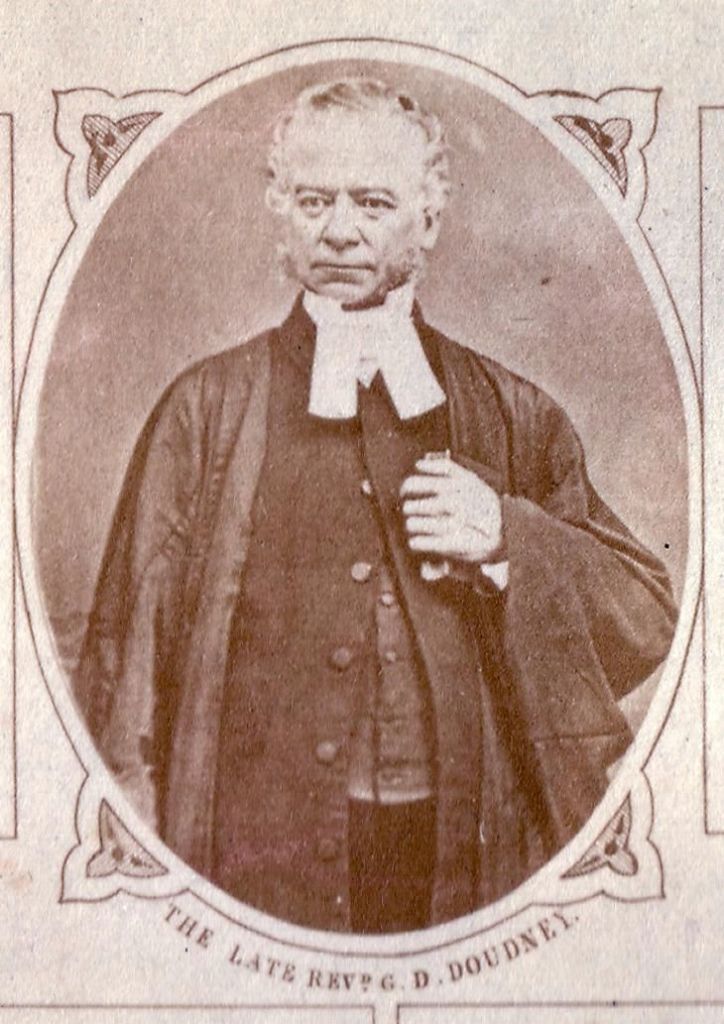
On 17 March 1874 the Chapel earned the distinction of a parish church and was dedicated to St Luke. The “upgrading” from a chapel of ease to parish church saw a number of developments in the building, including the erection of a new chancel (1878) and the introduction of many memorial stained glass windows (1887-1897).
In 1913 one of the most interesting features at St Luke’s was installed – the outdoor pulpit. This is a rather unusual feature and has led rise to many odd rumours over the years – including one in that John Wesley once preached from the pulpit. Since John Wesley died in 1791 this would be no mean feat!
A plaque behind the pulpit records that it was erected “In memory of Caroline Louisa Courtney, wife of Bishop Frederick Courtney, 5th Bishop of Nova Scotia and past Incumbent of Charles Chapel.”
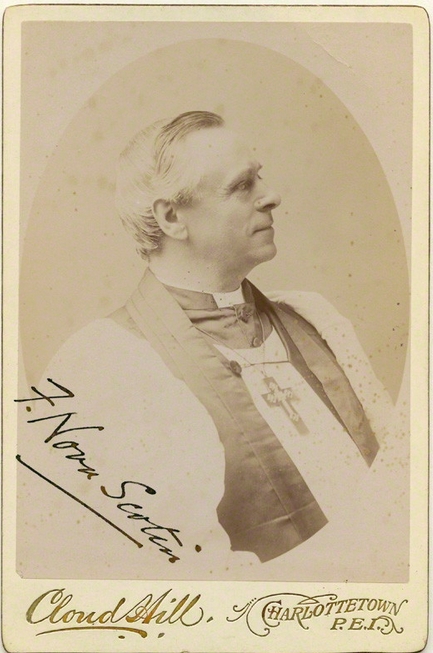
Like with much else in Plymouth’s history the Church’s last heyday was during the 1930s – until the Blitz of 1941. St Luke’s was herself not particularly damaged and at times acted as an air-raid shelter to local residents. But the damage wrought on ordinary residential houses in the parish through WW2 brought the real damage to St Luke’s.
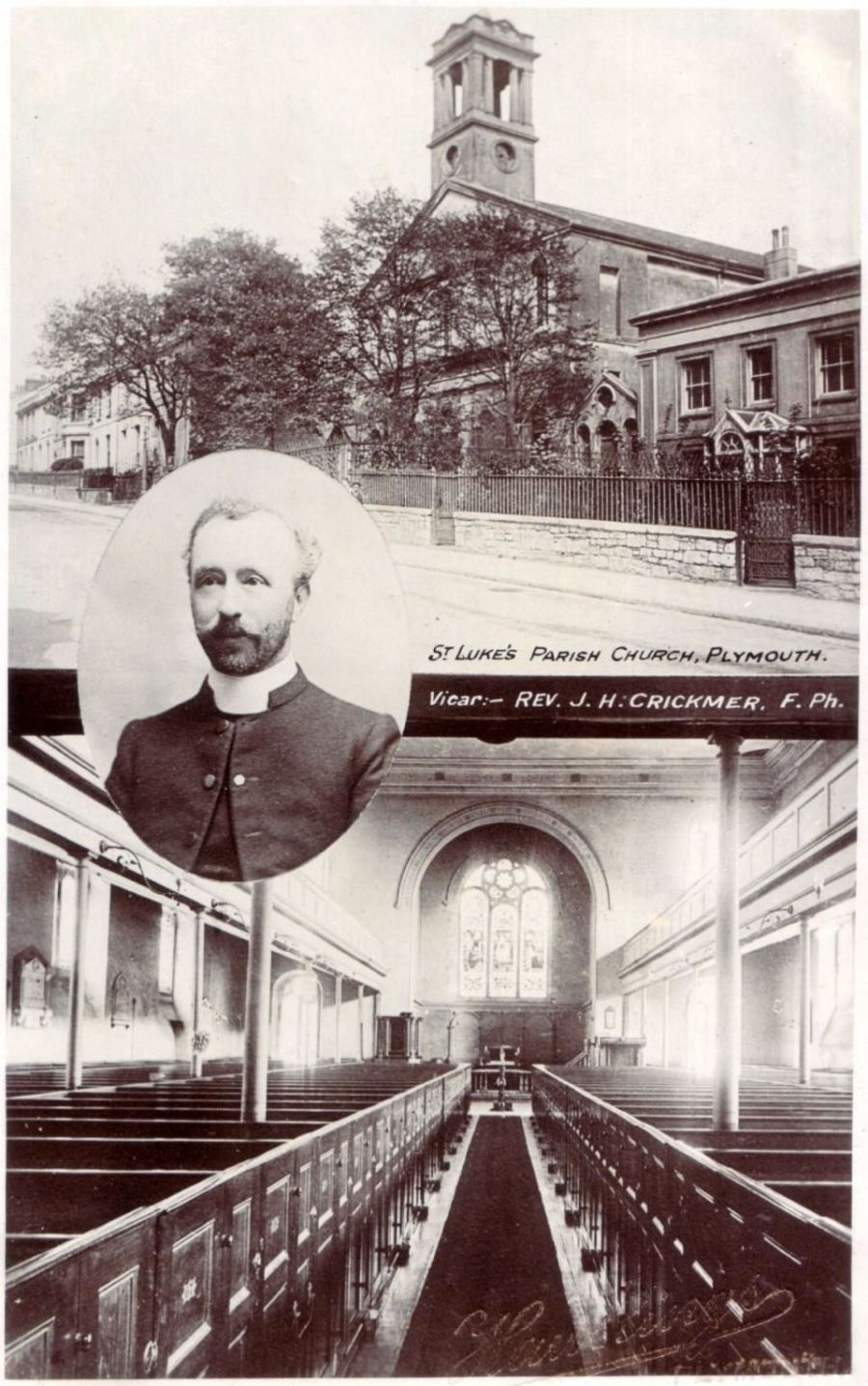
In March 1941, St Luke’s mother church, Charles, was destroyed due to enemy action. For a period of time immediately after the Blitz her congregation met at St Luke’s – but this was relatively short-lived as the congregation later moved to St Matthias, at the top of North Hill.
The post-war years were ones of depression and decline for St Luke’s. A lack of parishioners (many had moved elsewhere in the new post-war estates) meant that money was tight and the congregation was dwindling fast.
The last Vicar of St Luke’s, the Rev. John Allen James died in January 1961 and after his careful love and attention there was no-one left to fill his shoes. The days for St Luke’s was numbered.
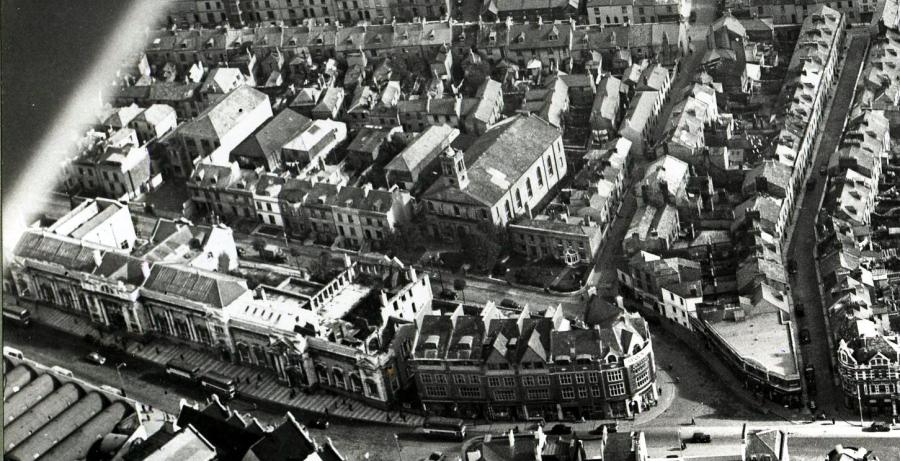
St Luke’s was soon to be declared redundant. But the process was slow. The last regular services were held in St Luke’s on Easter Sunday, 1962 at which 54 communicants were recorded at the 9.30 Communion Service. The Church remained open for “special services” – baptisms, marriages or funerals, but these ceased by late 1963.
On 6 March 1964 the benefice of Charles with St Luke (as St Luke’s had become known) was permanently united with the benefice of St Matthias, Plymouth to form a new benefice with the cure of souls under the title of the Benefice of Charles with St Matthias, Plymouth. The Church of St Matthias was designated the Parish Church of this benefice and this paved the way for the complete closure of St Luke’s.
After the closure of St Luke’s its fate looked rather uncertain. Various uses for the building were suggested – including one to pull it down to increase car parking facilities in the City Centre!
The Western Evening Herald of 10 December 1965 interesting reported the beginning of St Luke’s secular use. The newspaper carried a report entitled Church to become library extension in which it reports that:
A Plymouth church which was closed in 1962 is to become a temporary home for the branch superintendents department for the City Library.
It took another three years, (1968) before the former St Luke’s was finally converted for Library use and in those early years the old church was used by a number of skilled staff as the Bookbinding Department. The ensuing years have seen the building used by generations of Library Staff as Libraries HQ.
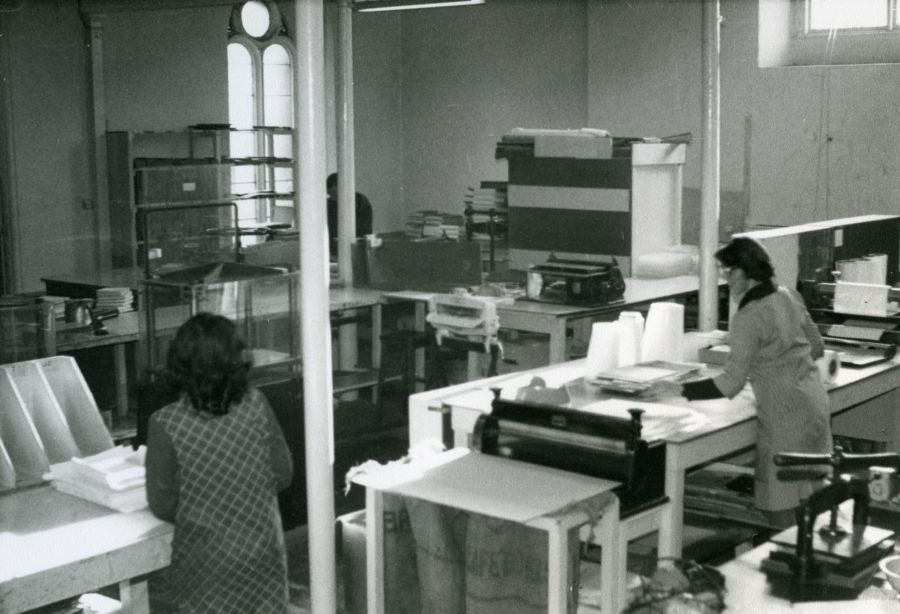
The former St Luke’s Church remains a landmark building within the student heartland, north of the city centre today. Although the building itself appears perhaps a little unassuming it has played a great and interesting part in the religious and social history of Plymouth.


Text © Graham Naylor